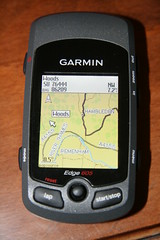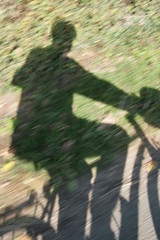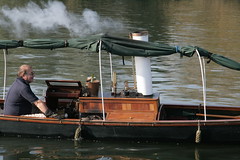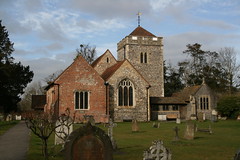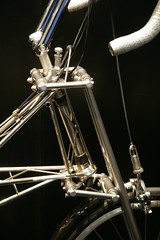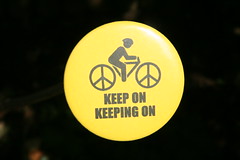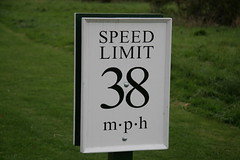
Most of the time I ride by myself, but today I rode with the ghost of Charles G. Harper.
In 1902 Charles wrote "Cycle Rides Round London", and today I followed the first of the 20 rides described in his book. He calls this one "Chenies and the Milton Country" and it runs from Southall, through Ruislip, Rickmansworth, Chenies, Chalfont St Giles, Jordans, Beaconsfield, Bourne End, Cookham, Maidenhead and Bray, to Windsor.
Charles says himself, that "Southall Station will probably strike the tourist as anything but a desirable locality", and I had my doubts about the initial part of his route past Hayes End and "the hamlet Cockneys are pleased to call 'illingdon 'eath". I had originally planned to bypass that section by following the Grand Union Canal to Rickmansworth.
In the event I went to look at Southall market, and I don't know whether it was the buzz of riding up Southall high street, or Charles' ghost insisting that I stuck with his original route, but I ended up following the Uxbridge Road (A4020), as he did, from Southall to Hillingdon, then Long Lane (A437 and B466) through Ickenham and Ruislip.
A lot has changed since 1902. Charles describes what is now the A4020 as a "dusty high road", (which it still is) but nobody today would describe the A437 as "a pleasant by-road" or "a lane whose leafy beauty and luxuriant hedgerows might almost belong to Devonshire". Ickenham is no longer "one of those singularly tiny and curiously old-world villages" - though the pond and pump that Charles describes are still there.
In 1902, Charles observed that in Ruislip, "they grow hay, cabbages, potatoes, and other useful, if humble, vegetables; and, by dint of great patience and industry, manage to get them up to the London market". Today, there seem to be lots of 4x4's in Ruislip, but I doubt if there are many market gardeners.
Charles drew a picture of the George Inn at Ruislip, which now seems to be a Harvester.
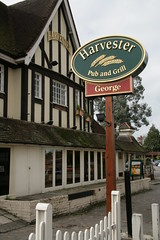
After Ruislip, the road climbs up Duck's Hill, of which Charles says the "
gradient and the quality of the road-surface render this bit particularly dangerous". He is also exercised about the steep descent into Rickmansworth, which apparently, the CTC had marked with a "danger-board" in 1902. Today there is a standard steep hill sign at the top. I ignored Charles' advice to walk down this hill, on the basis that brakes are more effective these days, but I did note that the descent ends with a brick wall, some cottages, and a canal; and remembered his suggstion that if all else fails, on a runaway bike, it is best to aim for the canal.
It's a bit difficult to follow his original route through Rickmansworth, but in the end I found the road to Chenies. From here on the roads get less busy. I passed, but didn't enter the church at Chenies. I have already seen inside; and the main attraction is the Bedford family mausoleum, which can't be accessed by casual visitors. Charles is particularly grumpy about the local aristocracy, for some reason, and spends a couple of pages assassinating the character of various members of the family.
I also passed by Milton's Cottage at Chalfont St Giles. At Jordans, on the other hand, the Quaker Meeting House has re-opened after the refurbishment following the fire in 2005. It was well worth stopping here. The building is lovely; and they have done a fine job.
By now I was back onto more familiar ground. Charles claims that "three parts of the road from Cookham to Maidenhead are exceedingly dull and uninteresting" but I quite like it, so I ignored his preference for the Thames path, and followed the main road, and Regional Cycle Route 52 from Cookham, through Maidenhead to Bray.
His original route continued to Windsor, but by the time I reached Bray, I'd covered 40 miles, which was enough. I turned for home, and left the ghost of Charles G. Harper to finish the last few miles.
I imagine that any route round here that was following reliable roads in 1902 will have ended up a century later following busy roads, and busy roads were definitely the down-side of today's ride. On the other hand, Charles has managed to link locations that were well-known at the time with some that have become well-known since. Seeing a hundred years of change adds extra interest. I wouldn't like to rely on Mr Harper and his contemporaries to design all of my rides, but once in a while it might be interesting to try another.
The whole book of Cycle Rides Round London, from 1902 can be downloaded
here



